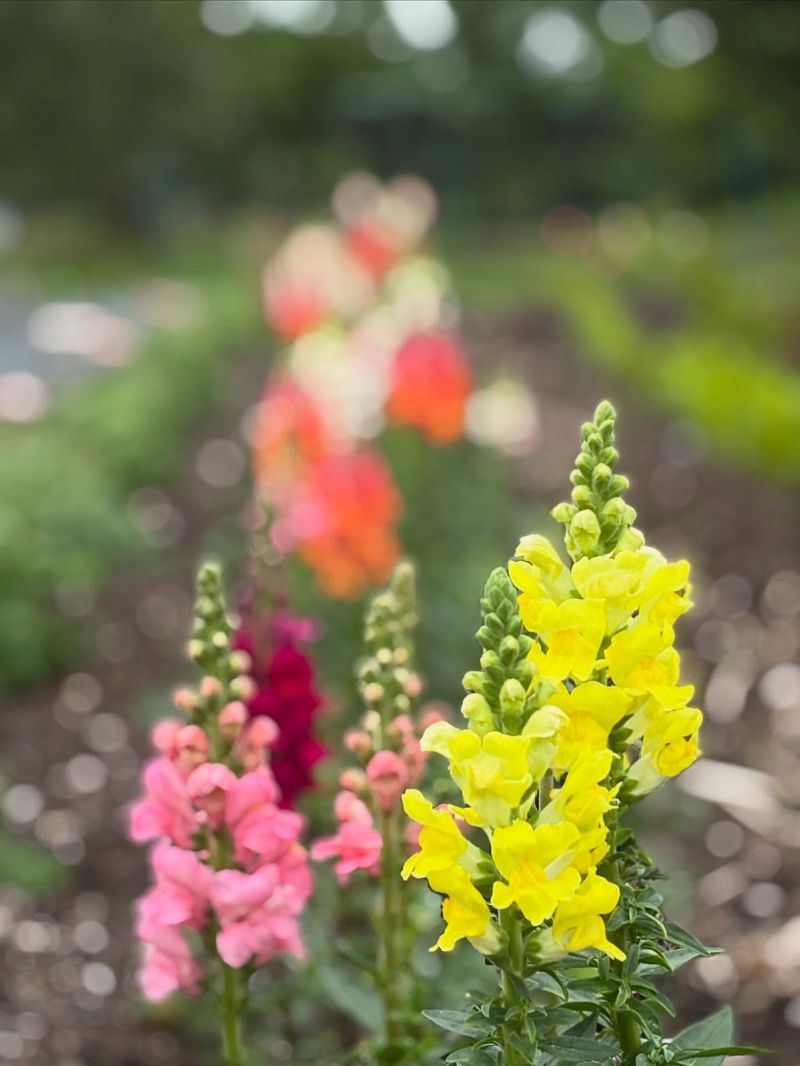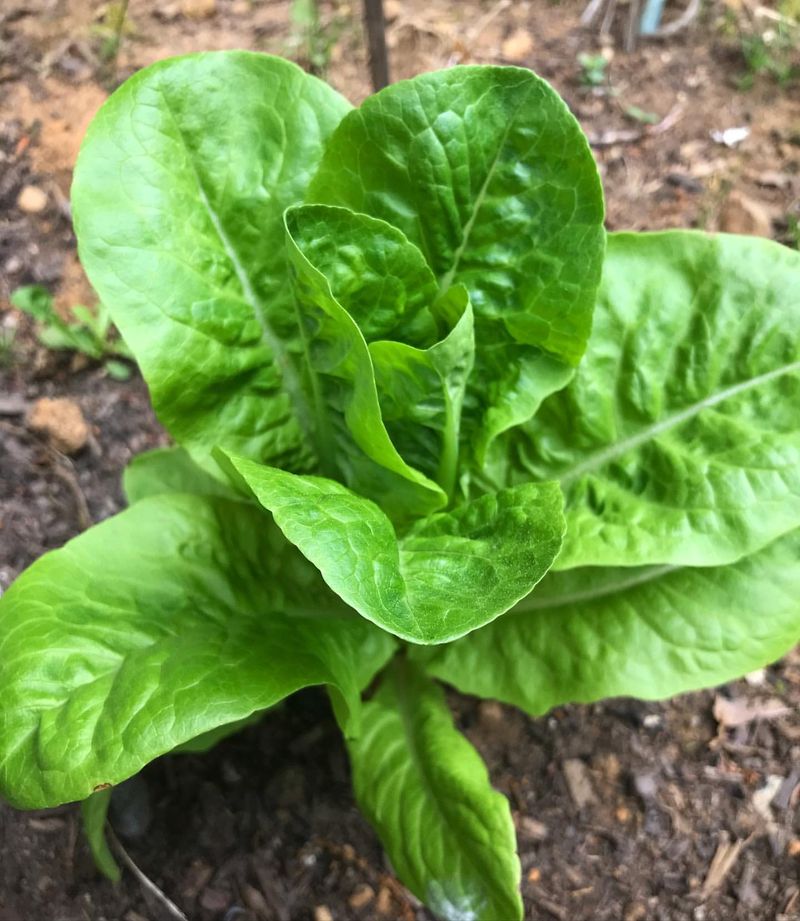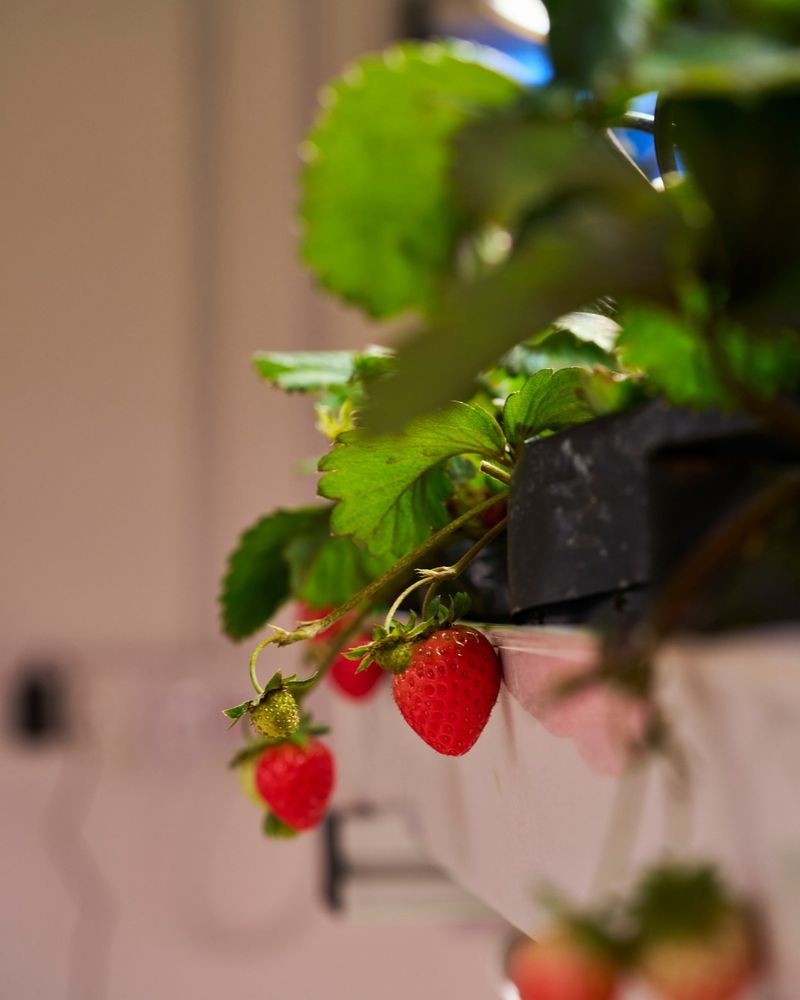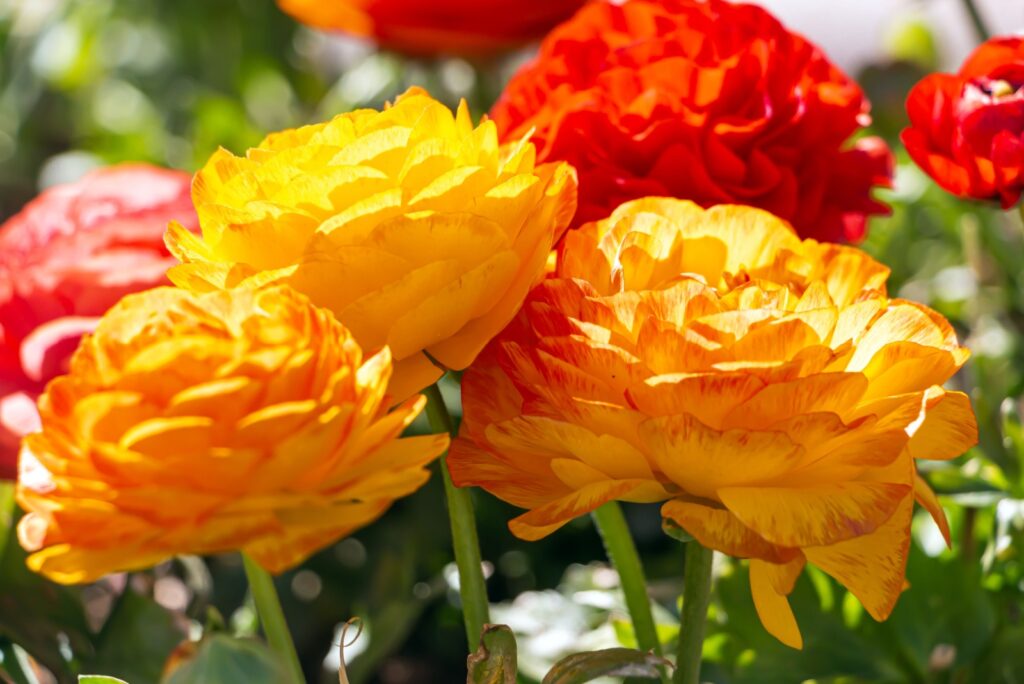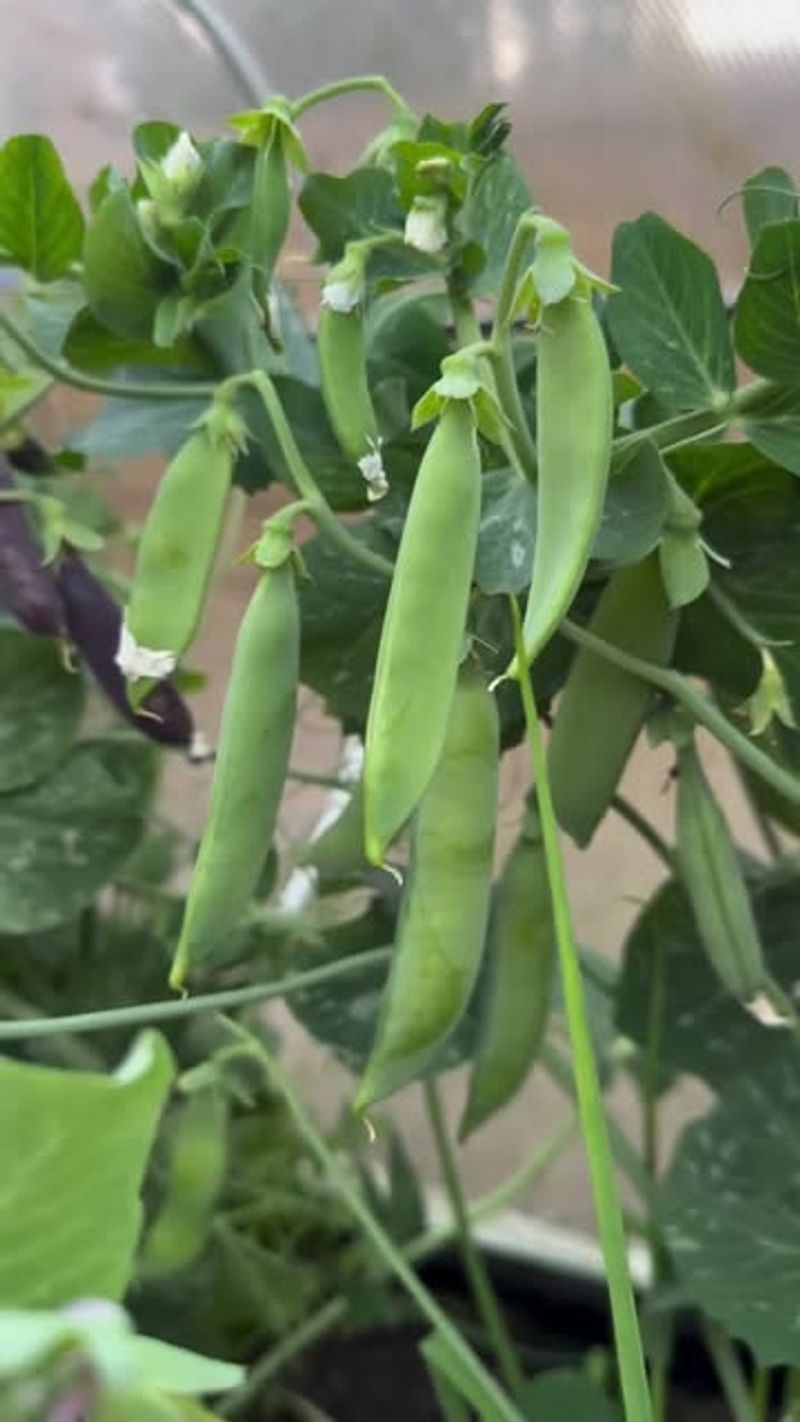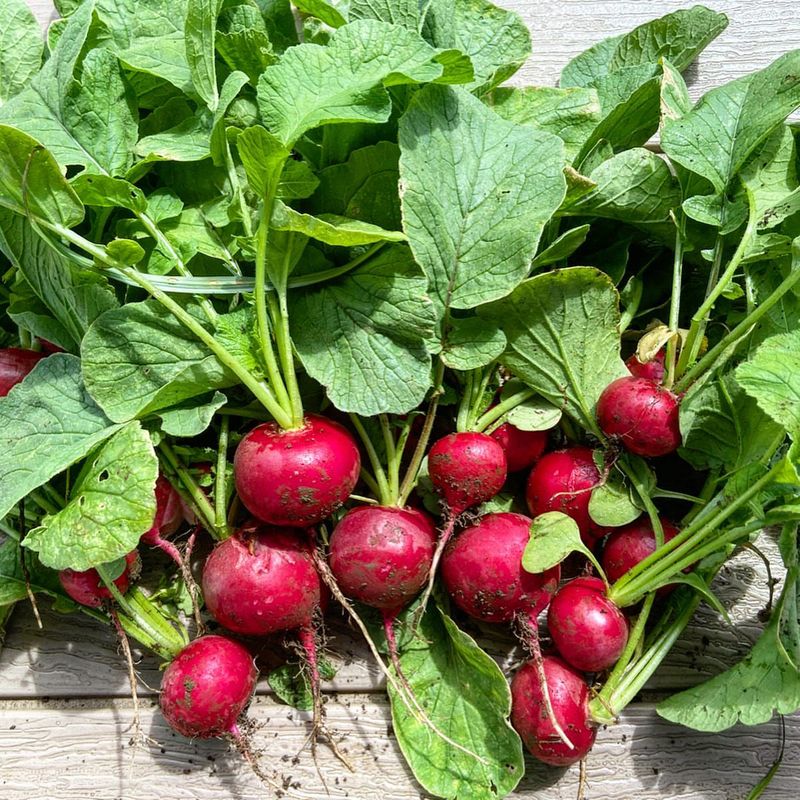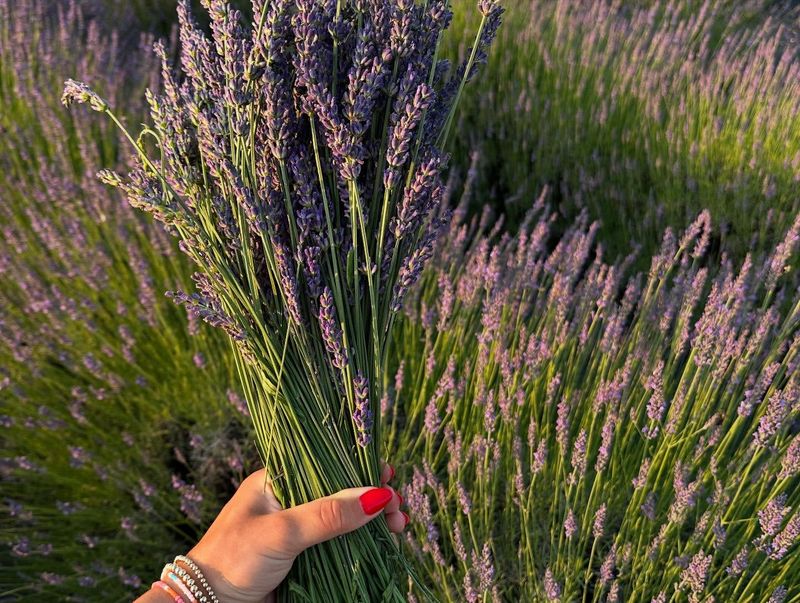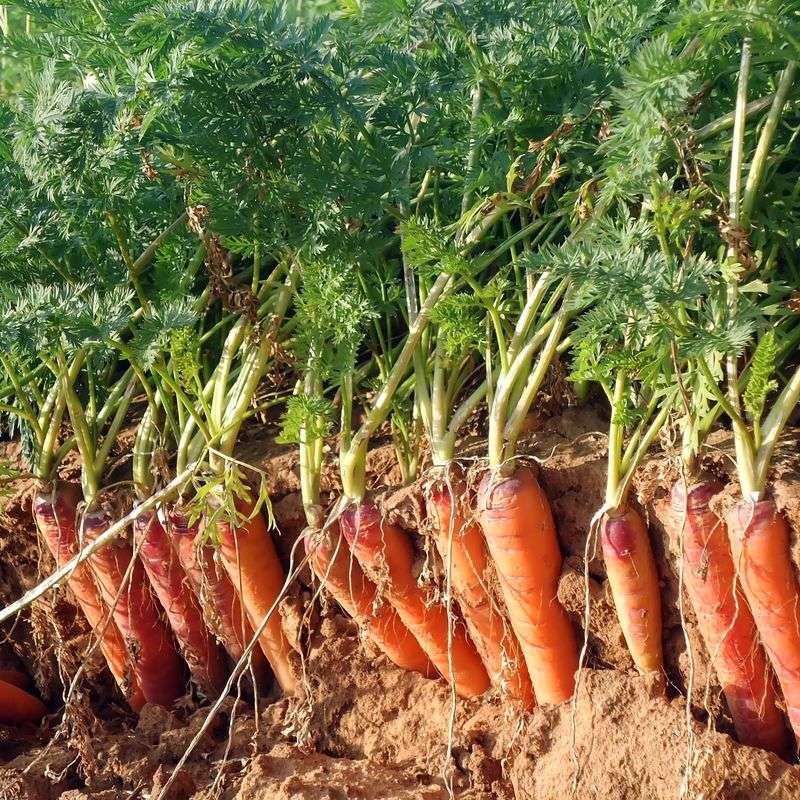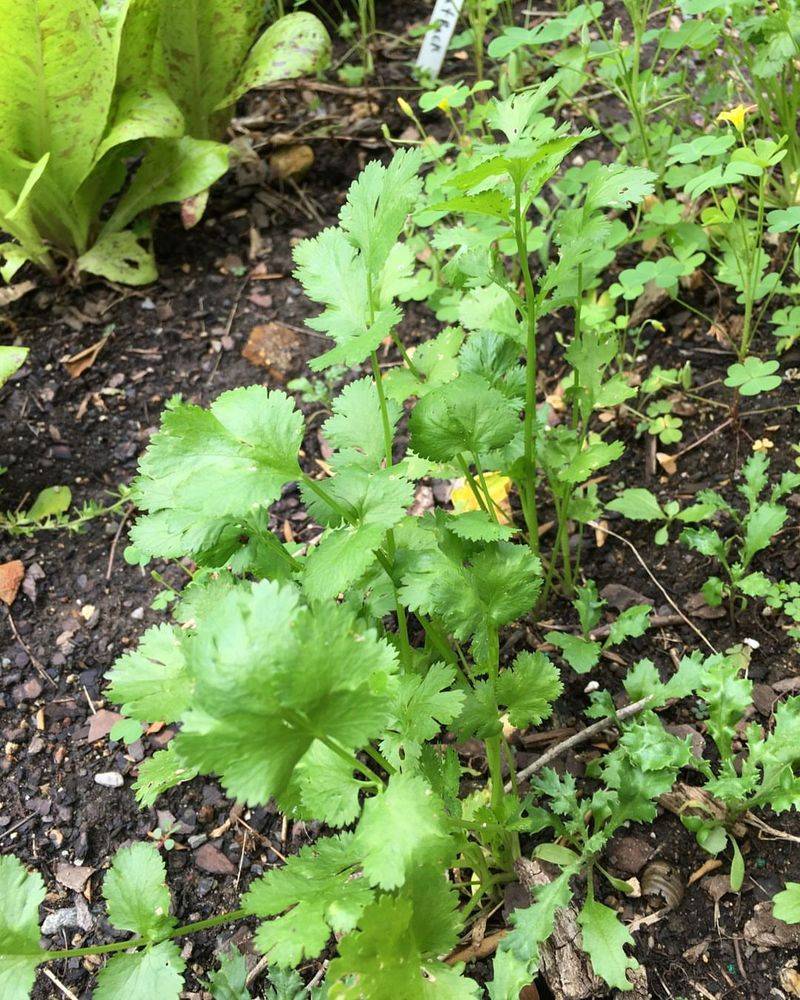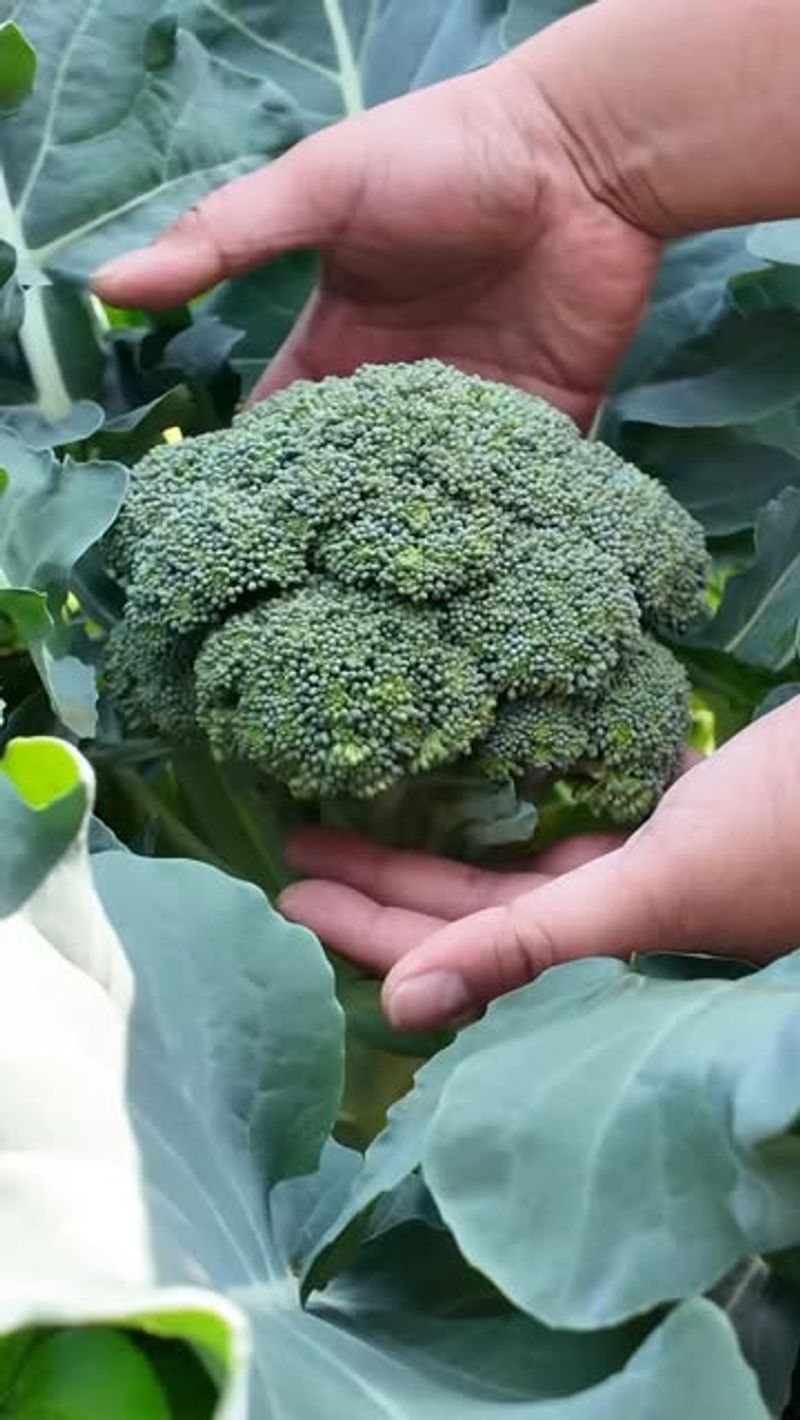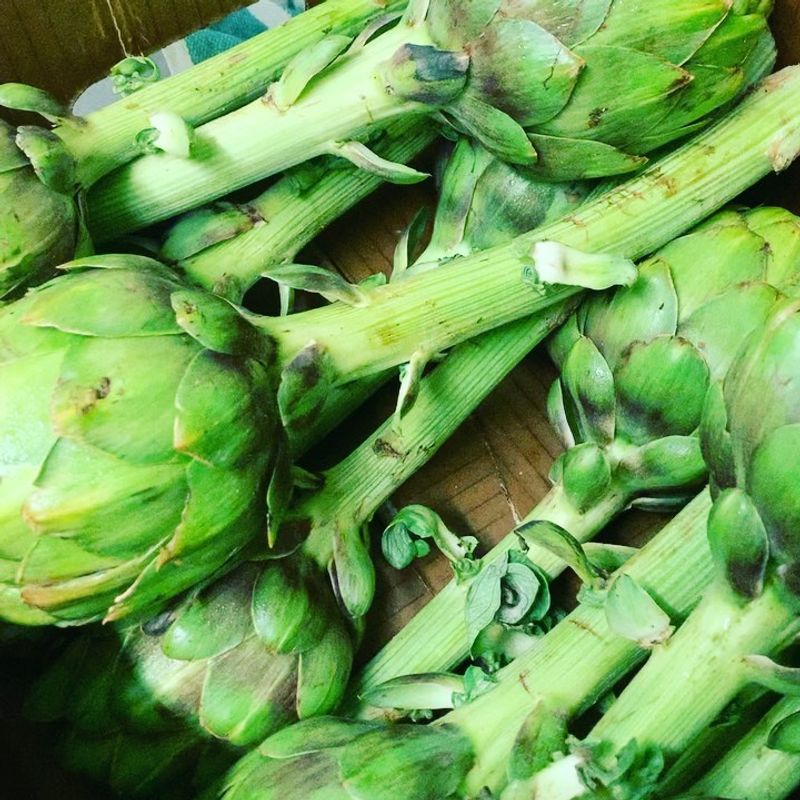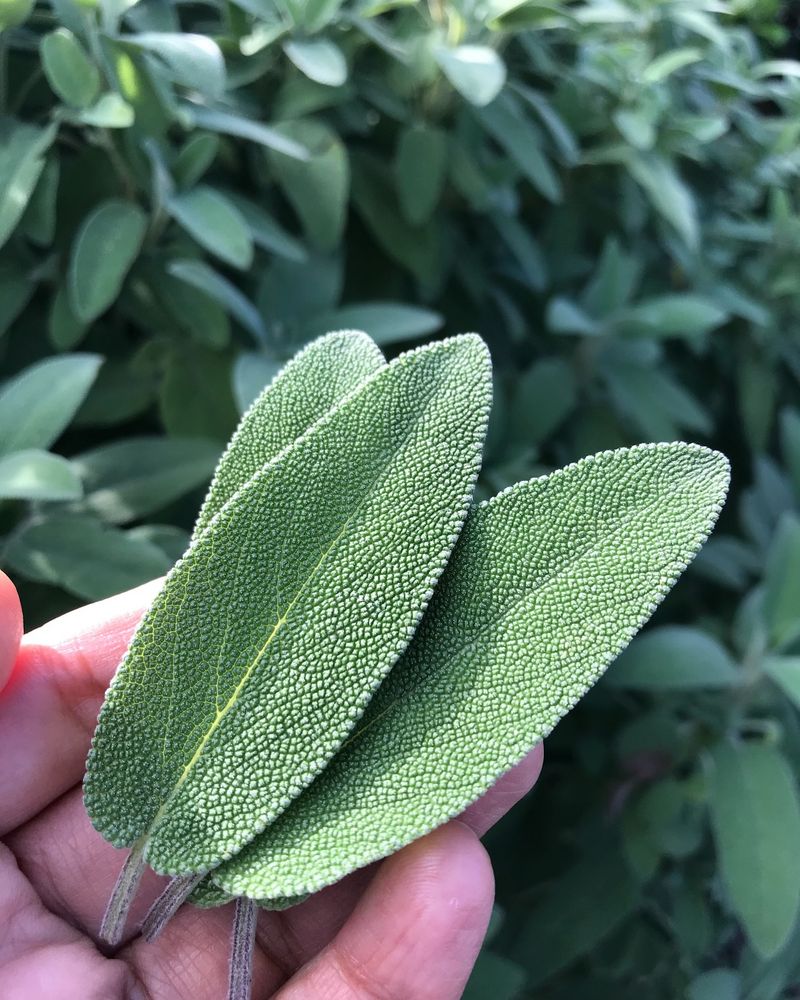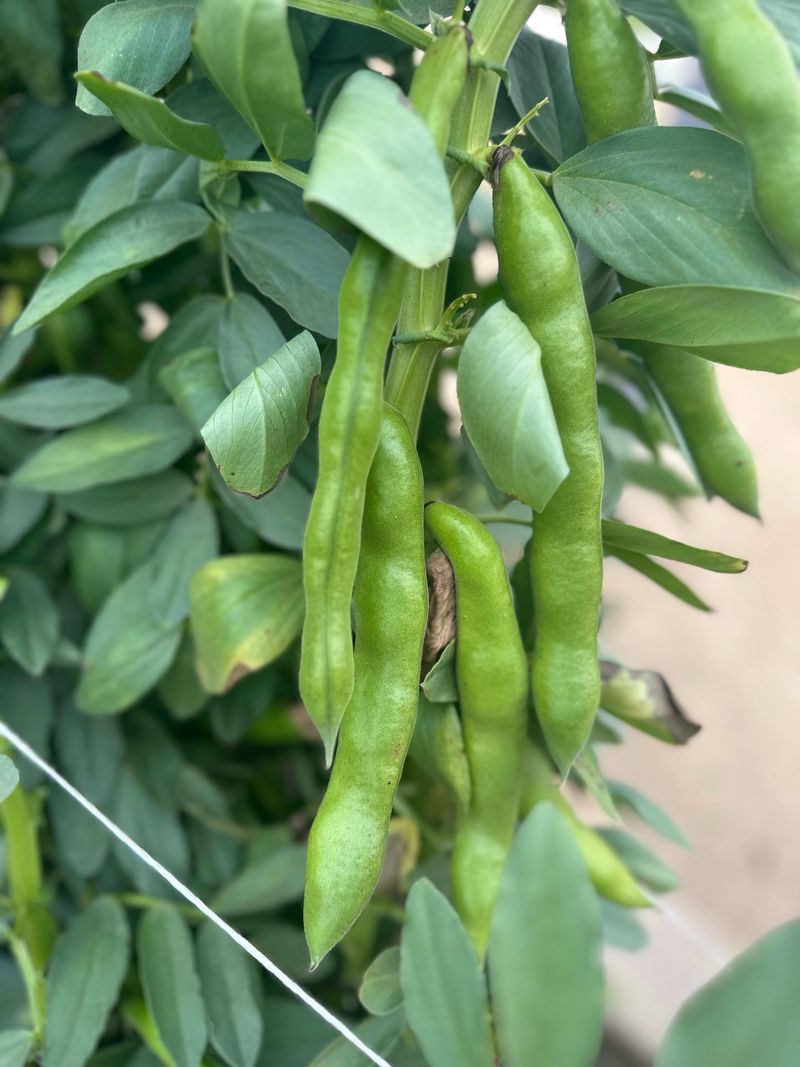May in California brings a special gift to gardeners – cool, dewy mornings followed by sun-soaked afternoons. This unique climate pattern creates perfect growing conditions for many plants that thrive with this temperature variation.
Whether you’re a seasoned gardener or just starting out, understanding which plants love these May conditions can help your garden flourish with minimal effort.
1. Sweet Peas Reach Peak Performance
Sweet peas absolutely flourish in May’s temperature swings. The cool mornings allow their delicate blooms to last longer, while afternoon warmth encourages vigorous growth and incredible fragrance production.
Plant them along fences or trellises where they can climb and show off their beautiful colors. For best results, keep soil consistently moist but not soggy, and harvest flowers frequently to encourage more blooms.
2. Snapdragons Show Their True Colors
Morning coolness helps snapdragons maintain their vibrant colors without fading. By afternoon, the warmth triggers their growth cycle, creating stronger stems and more abundant blooms throughout the month.
Plant these cheerful flowers in borders or containers where you can enjoy their dragon-like faces up close. They make excellent cut flowers too, lasting over a week in vases when harvested in the cool morning hours.
3. Lettuce Loves The Temperature Dance
Growing crisp, sweet lettuce becomes remarkably easy during May in California. Cool mornings slow bolting (when lettuce turns bitter and shoots up a flower stalk), while afternoon warmth provides just enough energy for steady growth.
Harvest outer leaves in early morning when they’re at their crispest. Try planting several varieties for a colorful salad garden – from burgundy-tipped leaf lettuce to frilly green butterheads.
4. Strawberries Sweeten With Temperature Shifts
May’s cool mornings and warm afternoons create the perfect recipe for extraordinarily sweet strawberries. Morning coolness helps develop complex flavors, while afternoon heat increases natural sugar production.
Mulch around plants with straw to keep berries clean and prevent rot from soil contact. For the juiciest berries, wait until they’re fully red before picking – they don’t continue ripening once harvested like some fruits do.
5. Roses Reach Peak Bloom
Nothing celebrates May in California quite like roses in their prime. Morning coolness preserves delicate petals and extends bloom time, while afternoon warmth coaxes tight buds to unfurl into spectacular displays.
Feed roses early in the month with rose-specific fertilizer to support this heavy blooming period. Deadhead spent flowers regularly to encourage continuous blooming throughout the season and prevent disease issues during May’s occasional foggy mornings.
6. Spinach Stays Sweet Longer
Spinach typically bolts quickly in heat, turning bitter and tough. May’s cool mornings in California slow this process dramatically, while afternoon warmth provides just enough growth stimulus without triggering bolting.
Harvest spinach leaves in early morning when they’re crisp and sweet. Look for deeply crinkled ‘savoy’ varieties that handle temperature fluctuations particularly well and offer more nutrients than smoother-leaved types.
7. Ranunculus Puts On A Spectacular Show
Ranunculus flowers reach their magnificent peak in May, with cool mornings helping those tissue-paper-like petals maintain their structure. The warm afternoons encourage more buds to open, creating a continuous display of color.
Plant corms in fall for May blooms, spacing them about 4-6 inches apart in well-draining soil. Cut stems in early morning when blooms are just beginning to open for the longest vase life.
8. Peas Produce Abundantly
Garden peas hit their stride during May’s perfect growing conditions. Cool mornings prevent pods from becoming tough and starchy, while afternoon warmth encourages rapid pod development and sweet flavor.
Harvest peas daily once they begin producing – the more you pick, the more they’ll produce! For sweetest flavor, pick in early morning when sugar content is highest, and eat them within hours of harvesting.
9. Radishes Reach Perfect Crispness
Quick-growing radishes benefit tremendously from May’s temperature patterns. Cool mornings keep roots crisp rather than pithy, while afternoon warmth speeds growth for harvest in as little as 21 days from seeding.
Try colorful varieties like watermelon radishes or French breakfast types for visual appeal. Succession plant every week for continuous harvests, and pull them promptly when ready to prevent them from becoming too spicy.
10. Lavender Intensifies Its Fragrance
California’s May conditions trigger lavender’s peak oil production, resulting in the most intensely fragrant blooms of the year. Morning coolness concentrates essential oils, while afternoon warmth releases their heavenly scent into the air.
In California gardens, harvest lavender stems in mid-morning—after the dew has dried but before the heat peaks. Bundle and hang them upside down in a dark, dry spot to preserve both color and fragrance for beautiful dried arrangements.
11. Carrots Develop Perfect Sweetness
Cool mornings allow carrots to develop their natural sugars without becoming woody. Afternoon warmth then encourages root expansion and nutrient absorption for the perfect balance of sweetness and texture.
Keep soil consistently moist to prevent splitting as carrots grow. Try colorful varieties like purple, red, or yellow for a rainbow harvest that’s as nutritious as it is beautiful.
12. Nasturtiums Bloom Profusely
In California gardens, nasturtiums explode with color during May, forming mounds of edible flowers perfect for fresh spring salads. Morning coolness helps blossoms last longer, while the afternoon warmth encourages continuous blooming.
Both the flowers and leaves have a peppery flavor, similar to watercress. Plant nasturtiums near vegetables as natural pest deterrents—they lure aphids away from crops while adding vibrant splashes of orange, yellow, and red to your California landscape.
13. Cilantro Stays Leafy Longer
Cilantro typically bolts quickly in warm weather, but May’s cool mornings significantly extend its leafy stage. This means more harvests before it flowers and goes to seed (becoming coriander).
Plant cilantro in partial shade for best results during this transition month. Harvest in early morning by cutting outer stems at the base, allowing inner growth to continue for multiple harvests throughout the month.
14. Broccoli Produces Perfect Heads
California’s May temperature swings help broccoli form tight, flavorful heads without bolting. Cool mornings prevent early flowering, while afternoon warmth fuels steady growth without stressing the plants.
Harvest the main heads in early morning when they’re crisp and full of flavor. Don’t pull the plants after—in California gardens, they’ll continue producing side shoots for weeks, often yielding more overall than the original head.
15. Calendula Brightens Every Corner
Often called pot marigold, calendula reaches peak bloom during May’s balanced conditions. Morning coolness keeps the edible flowers fresh and vibrant, while afternoon warmth stimulates production of medicinal compounds in the petals.
Harvest flowers regularly to encourage more blooms. The bright orange and yellow petals can be used fresh in salads or dried for natural skin remedies, adding both beauty and function to your garden.
16. Artichokes Develop Perfect Texture
California’s iconic artichokes thrive in May’s temperature pattern. Cool mornings help develop tender hearts without toughening, while afternoon warmth provides energy for sizing up these architectural vegetables.
Harvest buds before they begin to open for the most tender eating. Cut stems at an angle about 1-2 inches below the bud. Don’t wait too long – once the purple flowers start to show, the artichoke becomes too tough to eat.
17. Sage Intensifies Its Essential Oils
Culinary sage develops its richest flavor profile during May in California. Cool mornings concentrate essential oils in the leaves, while afternoon warmth helps new growth emerge with vibrant color.
Harvest sage in the morning after dew has dried for maximum flavor. The soft, silvery leaves can be used fresh or dried for cooking. Allow plants to flower occasionally – the purple blooms attract beneficial insects to your garden.
18. Fava Beans Flourish With Temperature Swings
Fava beans, a California spring tradition, reach their perfect stage during May. Cool mornings help pods fill out with tender beans, while afternoon warmth encourages nitrogen fixation in the soil.
Harvest when pods are plump but still bright green. Young favas can be eaten pod and all, while more mature beans need to be shelled. After harvesting, chop plants and turn them into the soil as green manure to enrich your garden.



